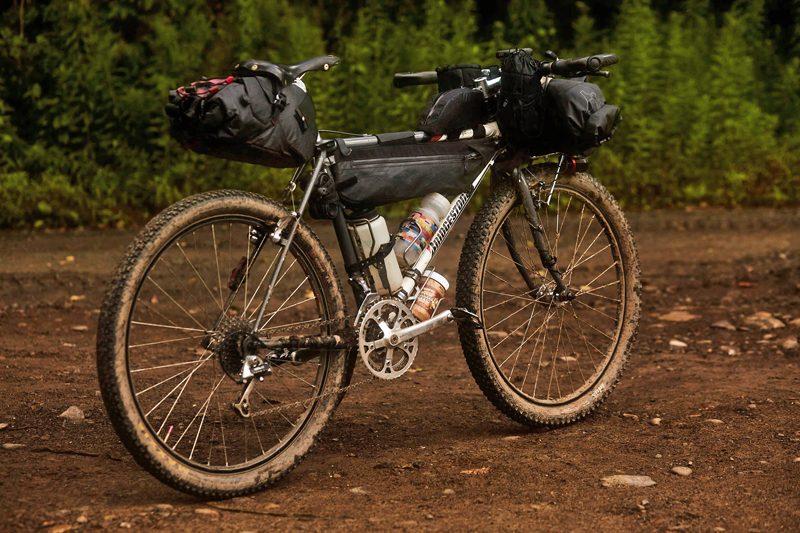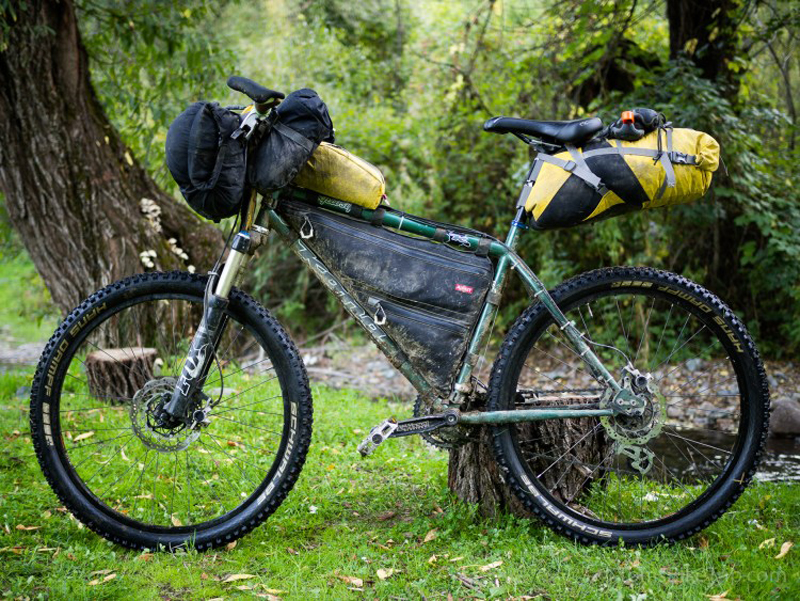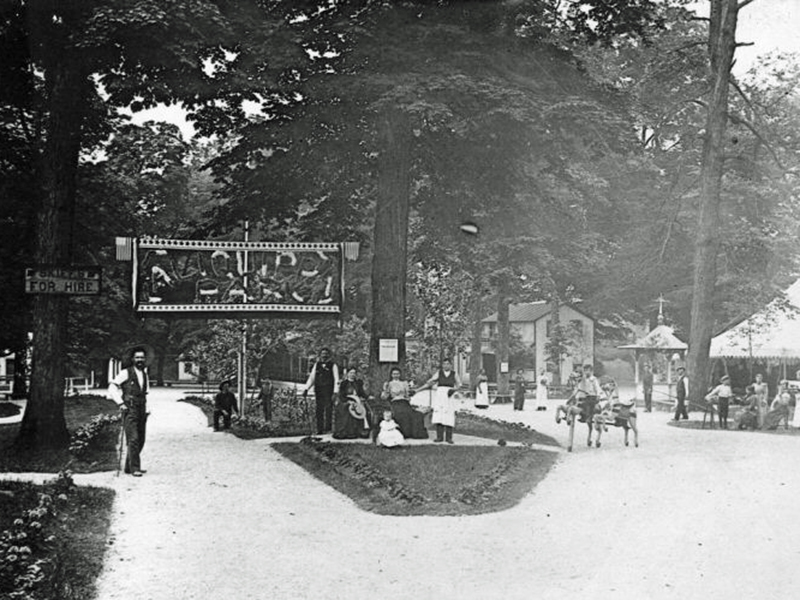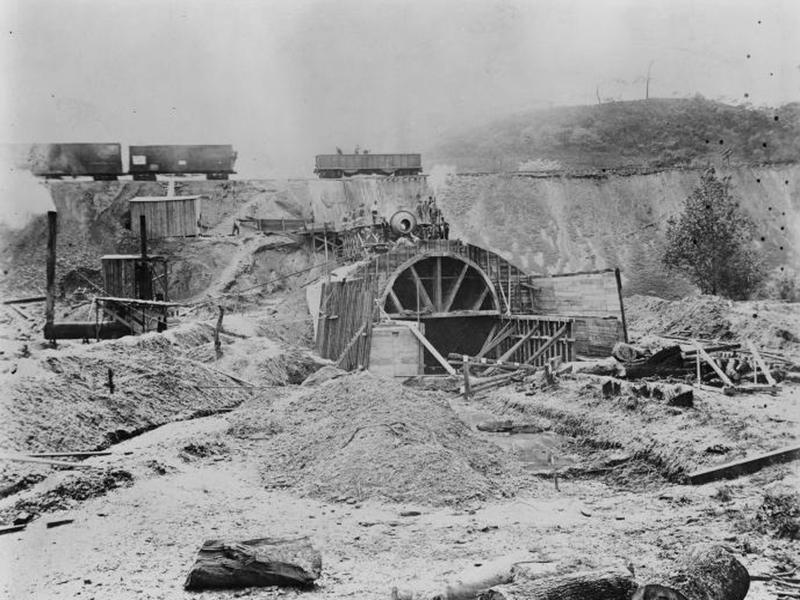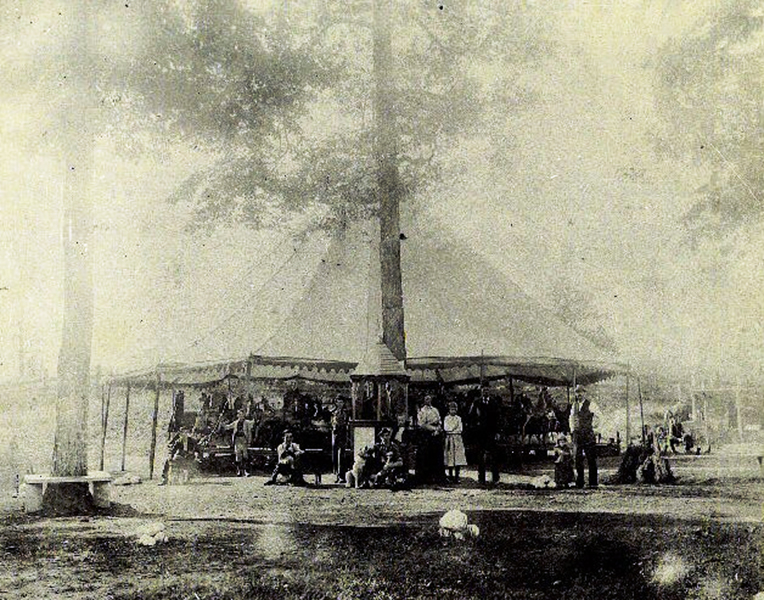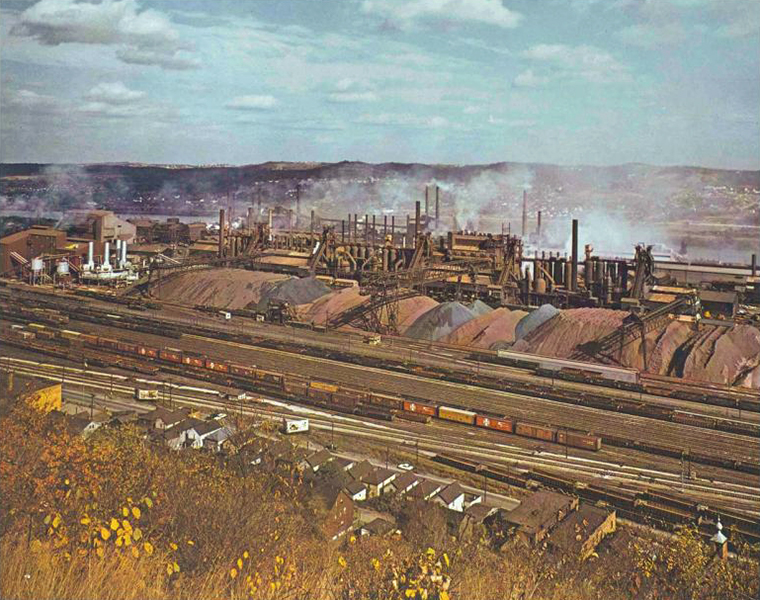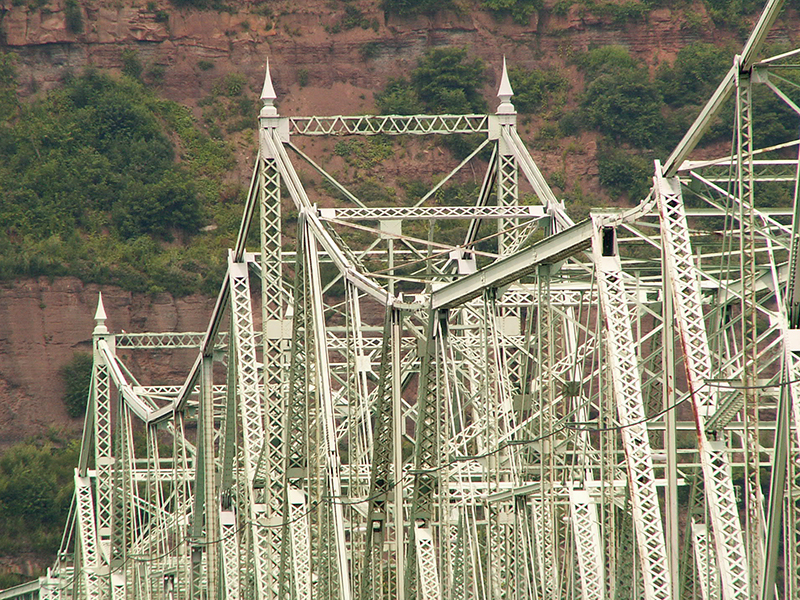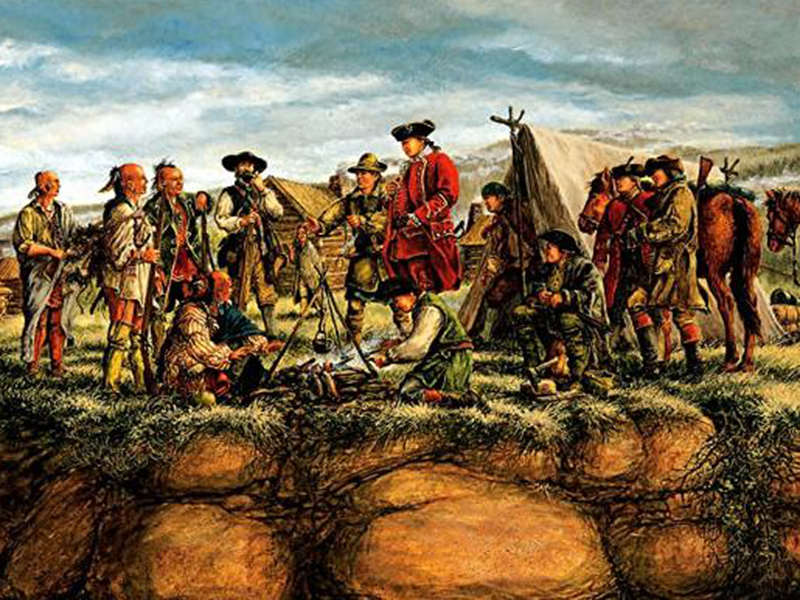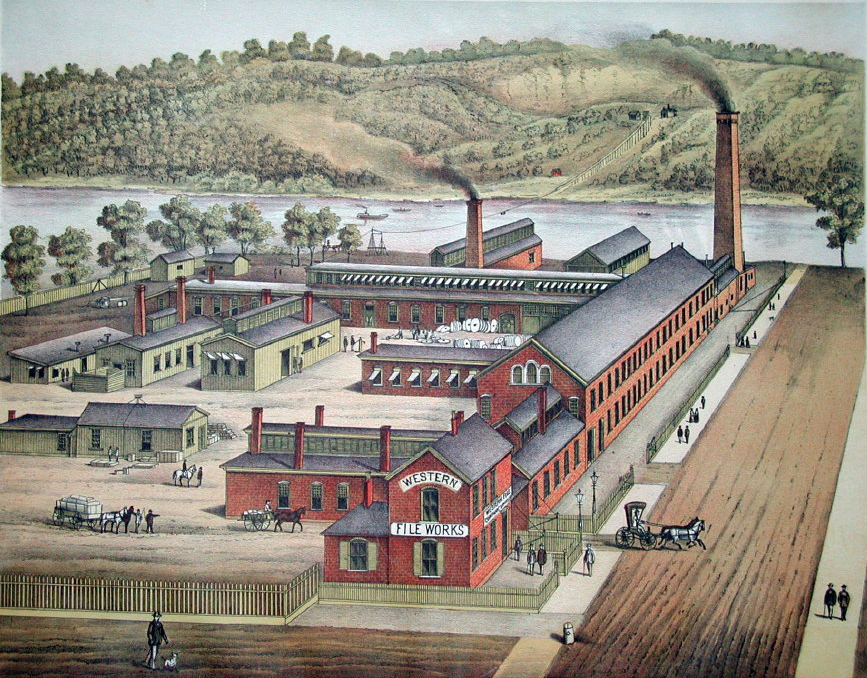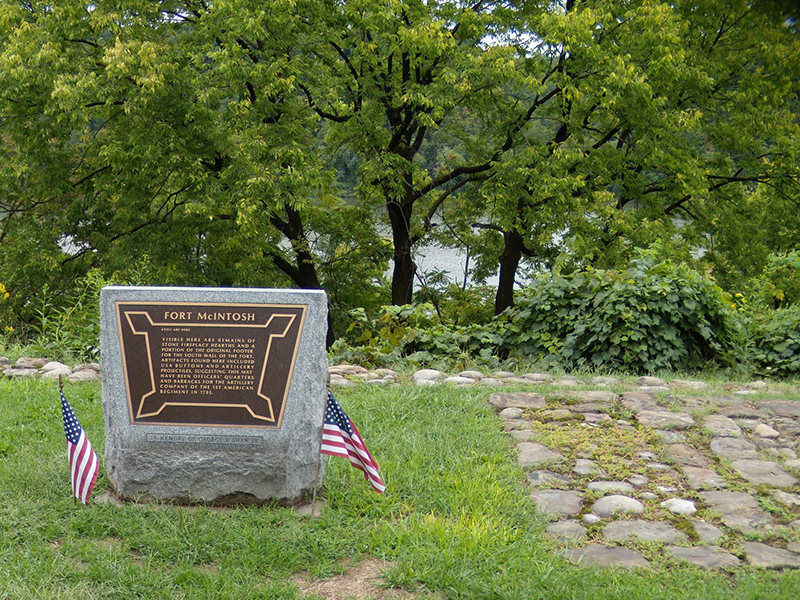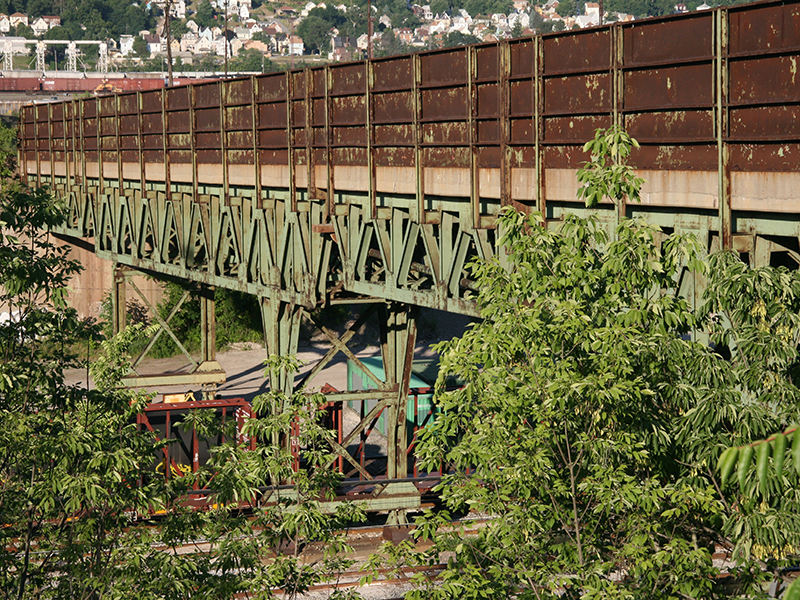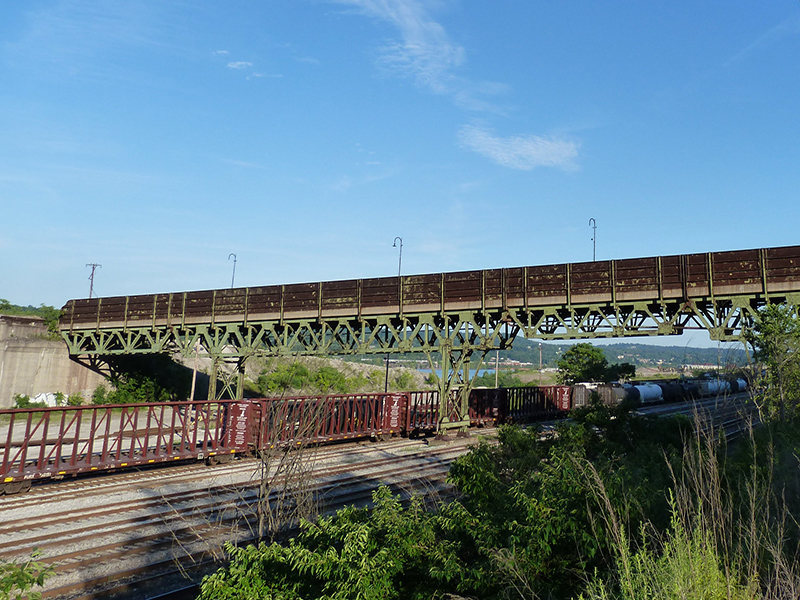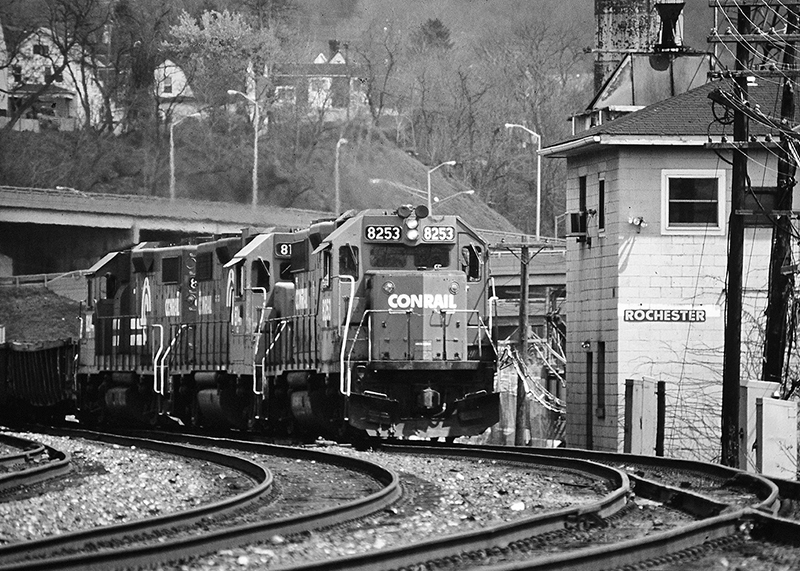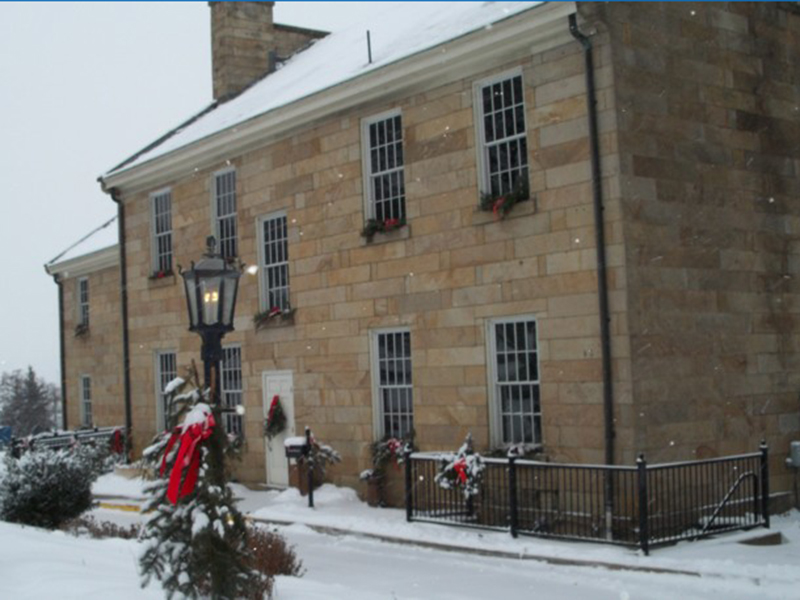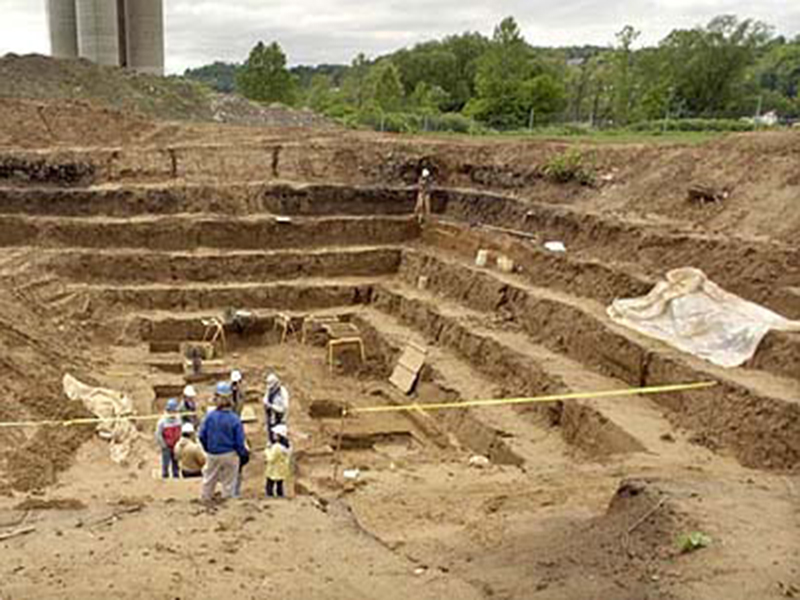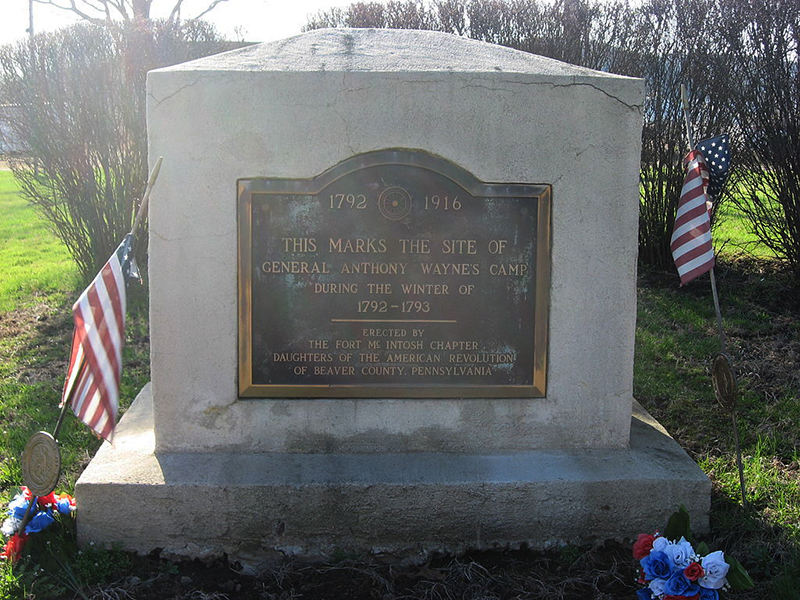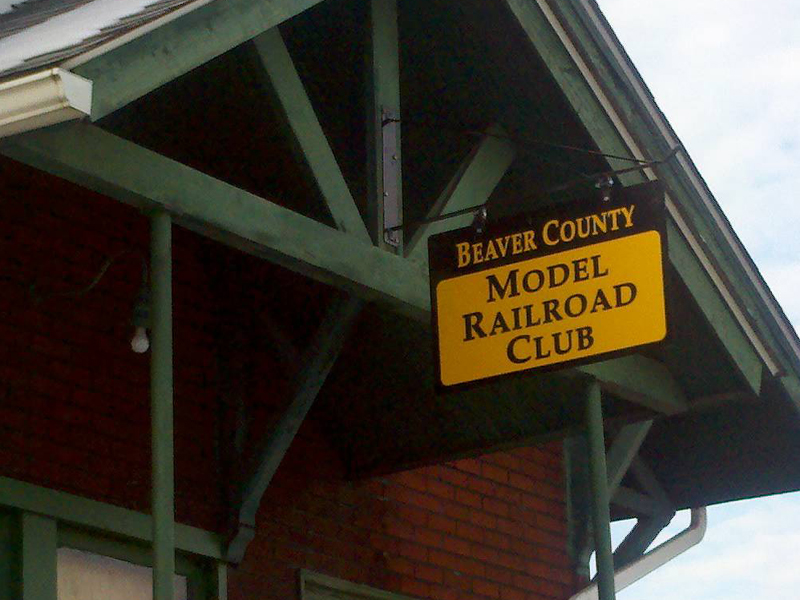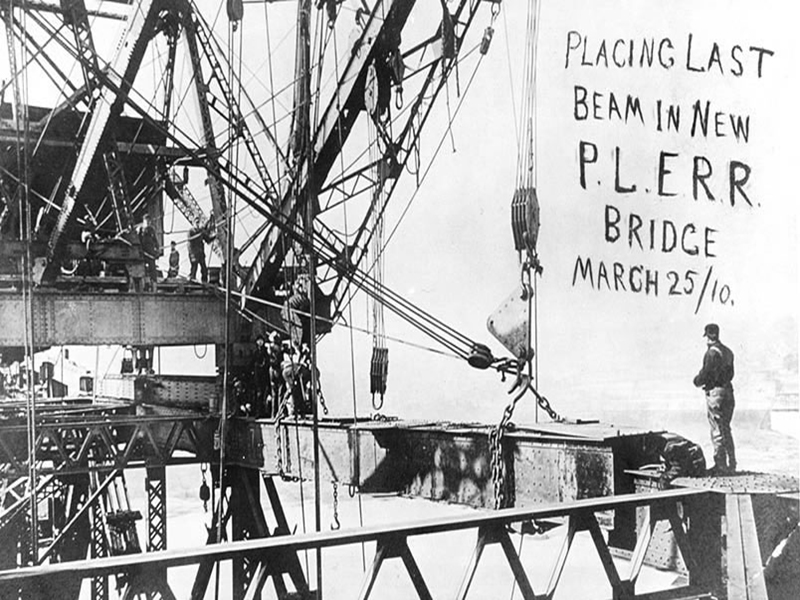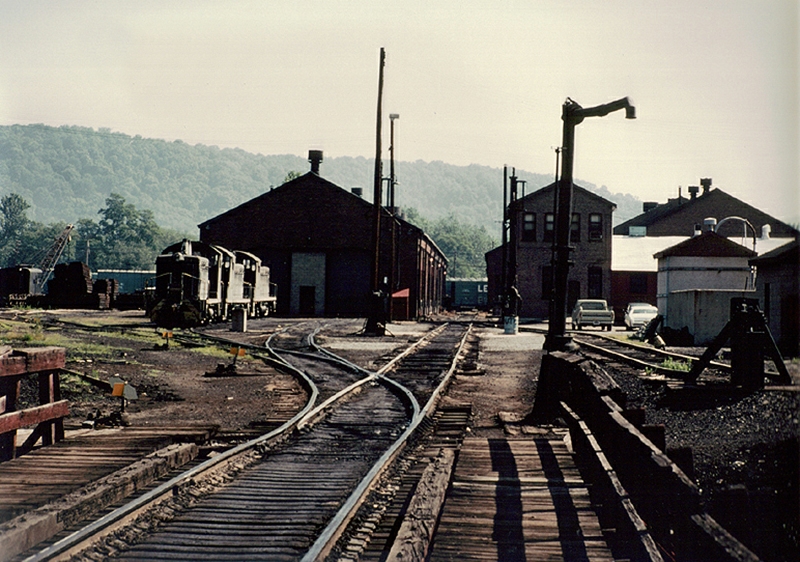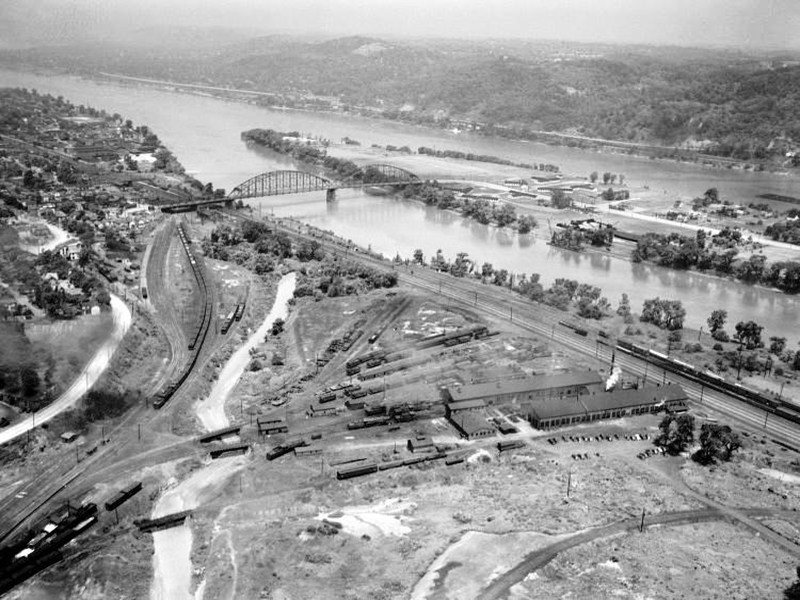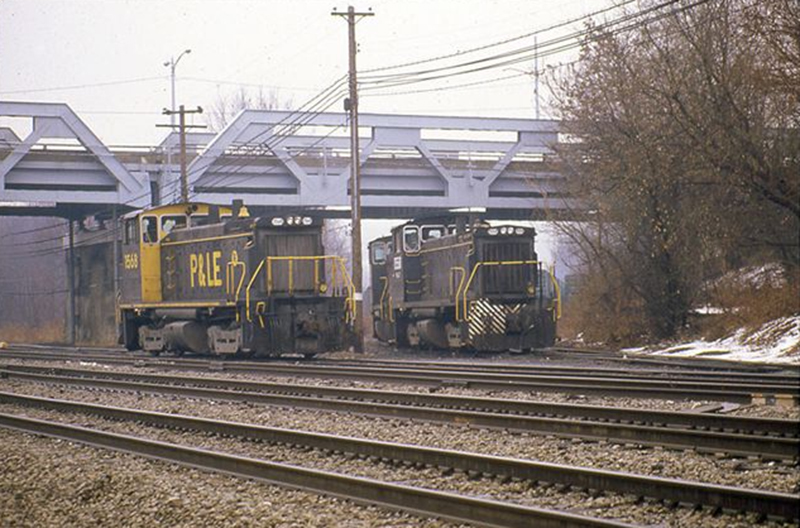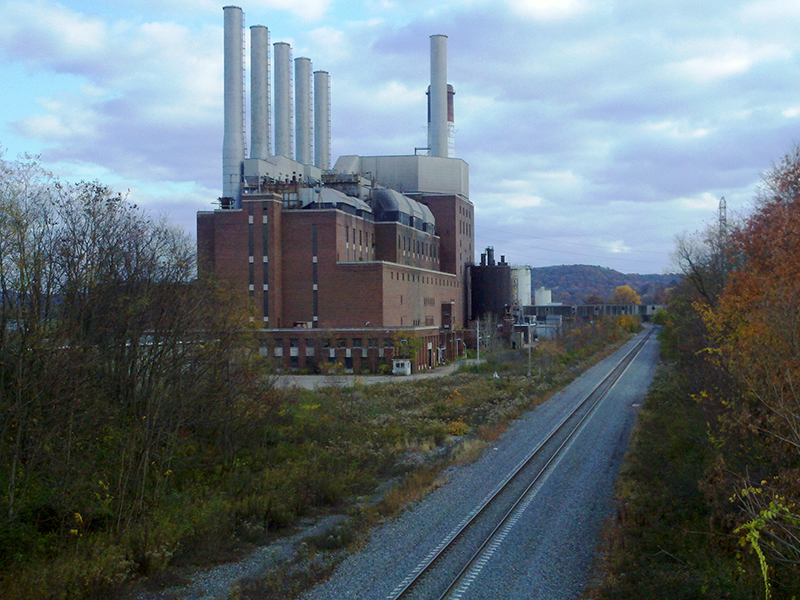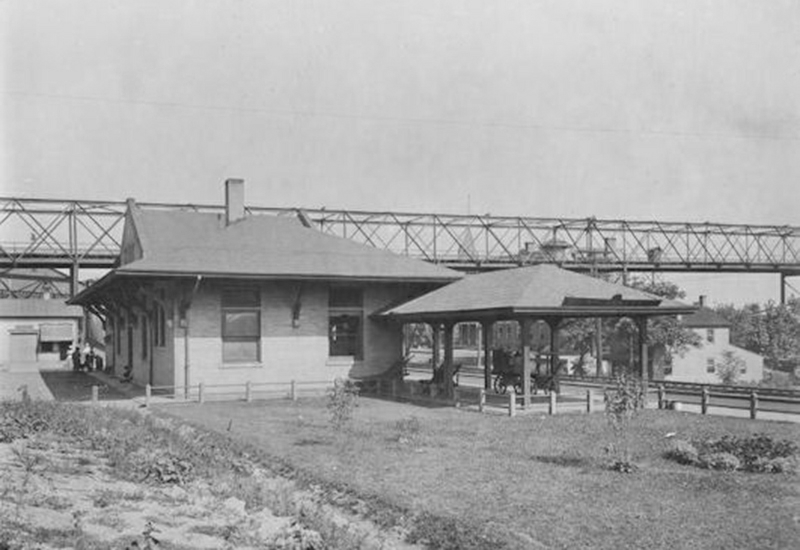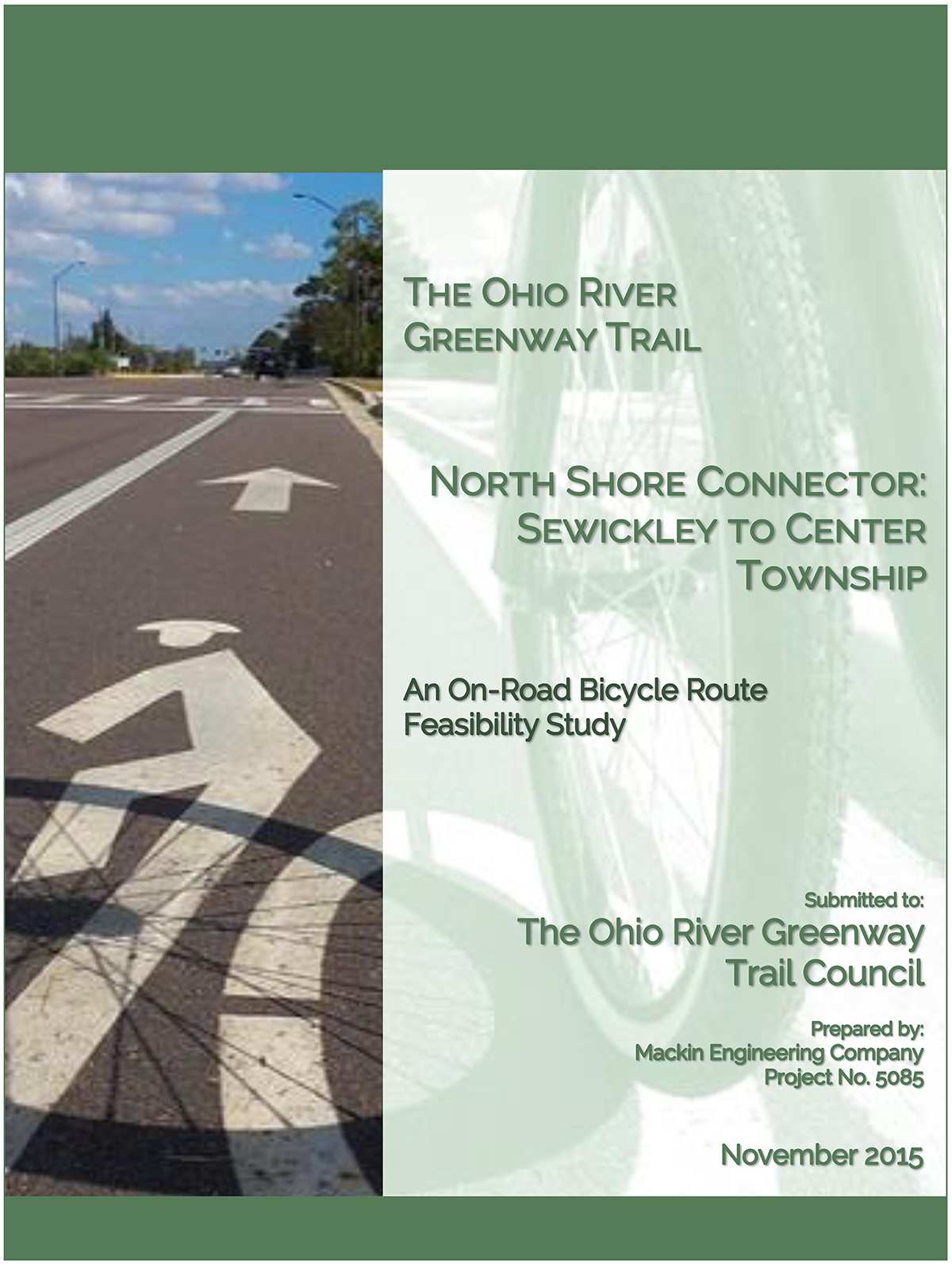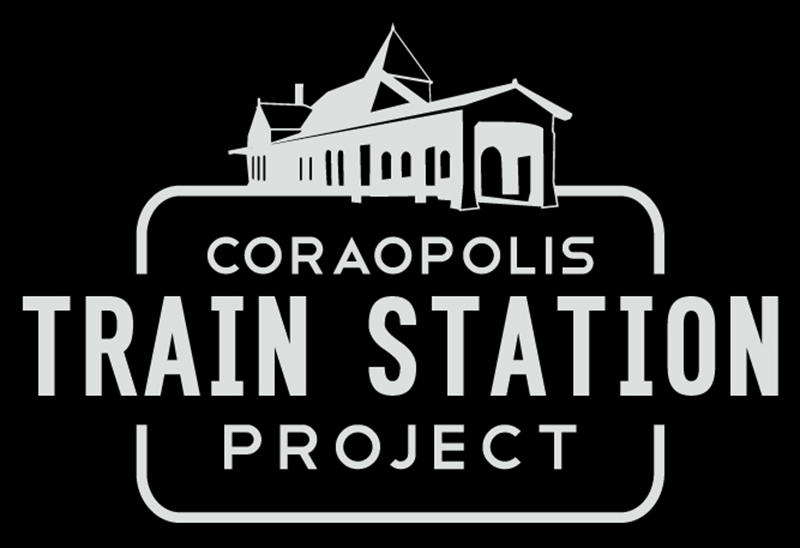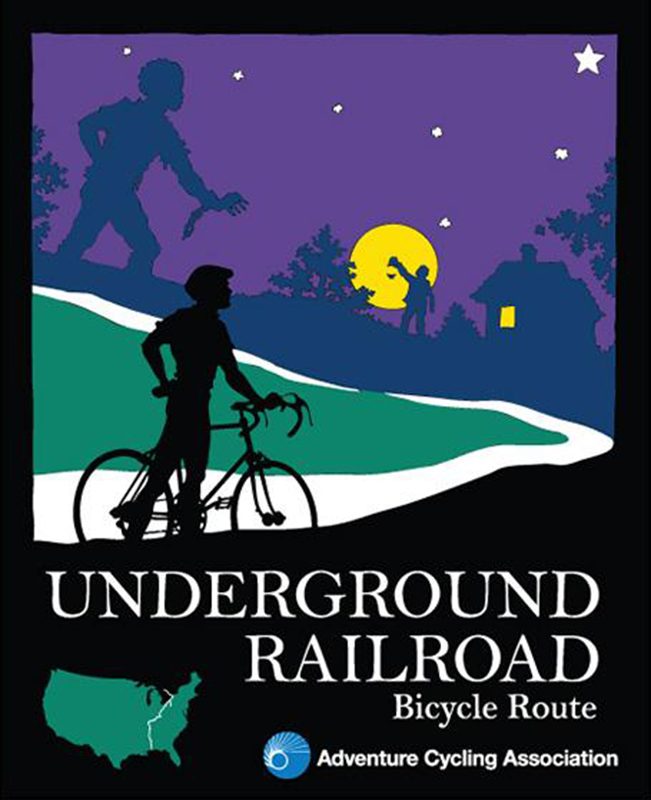
Bicycle Touring & Bikepacking

Bicycle Touring & Bikepacking in Pennsylvania
Adventure cycling is one of the most enjoyable ways to explore the United States of America and Pennsylvania offers some of the best bicycle touring and bikepacking in the country. Bicycle touring and bikepacking is a type of adventure travel that combines cycling with backpacking. Classic bicycle touring and bikepacking share many similarities, as aficionados of both activities seek to pedal self-supported for days, weeks or months at a time and cover great distances. The stark difference between the two, though, is the presence of a smooth surface. Traditionally, bicycle touring remains on paved roads, but when the pavement ends, bikepacking begins.
Biketouring in Pennsylvania consist of a mixture of on-road routes and multi-use trails. Southwestern Pennsylvania is home to the Great Allegheny Passage, Three Rivers Heritage Trail, Montour Trail, Panhandle Trail, U.S. Bicycle Route 50, Great American Rail Trail, BicyclePA Route A, Underground Railroad Bicycle Route-Pittsburgh Spur, and the developing Ohio River Greenway Trail. The Ohio River Greenway Trail is a key segment of an extensive trail system being developed in the "Keystone State." While all of these routes offer adventure, solitude, beauty, and a solid challenge, the best way to enjoy them is through proper preparation and research. Select a bicycle that is well maintained and choose a trip for your ability and fitness levels.
The Ohio River Greenway Trail is also serving to complete an essential section in a nationally, significant linear park system, called the "Ashtabula to Pittsburgh Trail." This effort is part of the "Industrial Heartland Trails Coalition” (IHTC) located in four states-New York, Ohio, Pennsylvania, and West Virginia. The IHTC network will stretch across 51 counties in four states—Pennsylvania, West Virginia, Ohio and New York—from the shores of Lake Erie to the confluence of the Three Rivers in Pittsburgh and on to the Ohio River and Appalachian foothills.The Industrial Heartland Trails Coalition consists of more than 100 organizations and stakeholders collaborating to complete and connect a system of 1,500 miles of primarily off-road trails. The system is currently 47% complete, with over 700 miles of trail to be discovered and enjoyed. The vision of the Industrial Heartland Trails Coalition is to establish the Industrial Heartland as a premier destination offering a 1,500-miles-plus multi-use trail network experience.
Industrial Heartland Trails Coalition
Pennsylvania touring and bikepacking is full of amazing scenic vistas, historic sites, recreational activities, attractions, thriving cities, and quaint towns. Pennsylvania’s friendly trail towns welcome cycling visitors. Travelers reap the benefits of having directional signs, information kiosks, bike repair stations, and secure bike parking.Trail towns also provide many support services including lodging, restaurant, campground, grocery and pharmacy and are located at easy to reach intervals. Many trail towns have websites and brochures highlighting there amenities and visitor services for planning. Depending on how far you plan to ride every day and how much food weight you are comfortable carrying, you will want to be within a reasonable access of trail towns.
A bicycle journey in Pennsylvania will challenge you to a variety of riding terrain including bicycle touring on paved roads and trails along with bike packing adventures onto clay, dirt, and gravel. Due to the diversity of cycling environments, choosing a rugged and durable bicycle with solid gear is essential to a successful and enjoyable trip. Touring bikes come in a wide range of designs. Touring bikes are designed to be strong and stable, with optimized frame stiffness to handle very heavy loads. They have mounting points for racks, fenders and water bottle cages. Touring bikes can be separated into three categories depending on the type of terrain: road, off-road (bikepacking or adventure) and expedition bikes.
Road touring bikes are an excellent choice if you plan to stick to the pavement. Historically, road touring bikes have been built with very narrow tires for tarmac, however, today many bicycles are equipped with wider (1.5” – 2.0”) semi-slick tires. Many cyclists now also run lower pressures to improve comfort and traction, without giving up anything in speed. On gravel, lower pressures actually make you faster, since the bike bounces less. On soft gravel, lower pressures and wider tires allow you to float on top of the surface, rather than sink in. Again, that makes you faster and more secure. Selecting tires that are durable with protection against flats for mixed-terrain use permits you to tackle the rougher backroads and rail-trails of Pennsylvania. Most rail-trails have a crushed limestone surface, which can be very soft after a rain especially around the edges.
 |
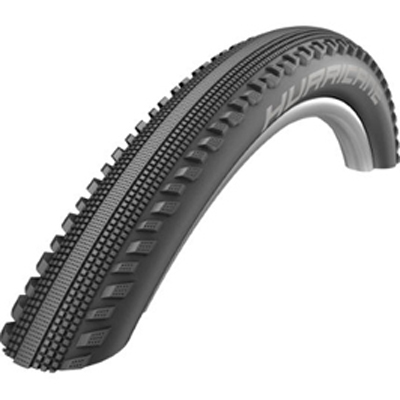 |
 |
 |
Semi-slick Tires
Off-road touring bikes are an excellent choice if you plan to spend most of your tour off the pavement. They closely resemble mountain bikes with a few differences. Off-road touring bikes usually do not have suspension. The frame and fork are rigid. They include wide or knobby tires that allow you to ride dirt and gravel roads and trails.
Expedition touring bikes can be built for predominantly on-road use, off-road use, or somewhere in between. These bikes are designed for hardcore, long-distance rides through remote regions. Expedition touring bikes use durable, long lasting, and standard sized components such as steel frames, 26-inch wheels, and rim brakes. These parts are common and relatively easy to find all over the world.
Of all the components on your bike that you can invest in, a formfitting saddle is one that makes the most sense. The wrong saddle can turn a few hour ride or multi-day tour into an uncomfortable struggle. Choosing the right bike seat can insure a pleasurable ride. It can make your bike more enjoyable and make you a more efficient rider. Unlike other cycling gear that can be objectively evaluated, saddles are a very personal choice. Selecting the right saddle can be a daunting process and perhaps painful if you end up spending too much time with the wrong product. There are so many saddle manufacturers and models on the market today, it can be hard to find the correct size and model to suit your riding style.
Fit systems are nothing new in the cycling world, for example, Specialized has their popular Body Geometry System. However, Wilderness Trail Bikes (WTB) recently launched a simple on-line method to determine personalized saddle fit, tailored to your individual biometrics, physiology, and riding position.
The WTB Fit Right System uses four simple steps to direct riders towards an ideal saddle width and padding thickness. With the first step, it asks your gender and calculates your sit bone width based on an anatomical correlation between the wrist width and ischial tuberosity width.
Step 2 selects the position that best matches your preferred riding style or bikepacking/touring position.Choose fromLeisure(relaxed and upright), Performance (active movement on varied terrain), and Aggressive (intense output and endurance racing). Your seat's shape and width is immensely important for its comfort, and it is crucial to match it to your riding position. A wider, shorter seat is generally more comfortable in an upright riding position, while a narrower, longer one is better for a forward-leaning, aggressive position. Most bikepacking friendly bikes are going to be endurance focused, which tend to have less reach and more stack, putting you in an upright position that redistributes your weight over a larger part of your body requiring a wider saddle. Your actual sit bones obviously do not change, nevertheless, the area that interacts with the saddle is greater and you might need support for a wider area. Your long distance saddle may be different from the one you might use for a different style of bike, or type of cycling.
Step 3 selects the body shape that best matches your body type.
Step 4 selects your preferred padding thickness. Padding and shell stiffness plays a critical role in keeping you comfortable while pedaling. A heavily padded seat is usually very comfortable on short to mid-length rides. Thick saddle padding does not always necessarily mean more comfort. All of that bulky padding can actually create discomfort if you are spending hours on end on your bike. Having too much padding encourages a lot of movement as the padding compresses under loads, meaning you will not be in the same position and you will feel different pressure points throughout the ride. Too much foam and especially foam that is too soft makes the rider sink into the saddle, resulting in too much pressure in the “middle area.” Long-distance riders should try to find a comfortable seat with the least amount of padding as possible by focusing on shape and matching their seat to their body type and riding style.
In addition, locating the optimum saddle height is pretty much the foundation of a bike fit – the distance between the bottom bracket and top of your seat is essential to comfort, performance and injury prevention. There are numerous formulae for working out correct saddle height. One of the most commonly used is the LeMond method, named after the American Tour de France champion, Greg LeMond. Take your inseam measurement and multiply it by 0.883.
Furthermore, use the KOPS method or Knee over Pedal Spindle to establish your saddle fore/aft position by placing your knee directly above the pedal spindle with the crank at the 3 o’clock position. This will position your hip and knee joint over the drivetrain of the bicycle and allows you to push straight down on the pedal during the power phase of the pedal stroke. This setting is considered the neutral position and is used as a starting point. From here, slight adjustments can be made in either direction, depending on your riding style and feel. Moreover, to achieve a neutral weight balance between your saddle and hands, your saddle should be installed anywhere from level to 1-2 degrees nose up. This gets you sitting on the wider rear-part of the saddle and puts your upper body weight on your butt and not on your arms and shoulders.
Ergon also has a Saddle Selector online. Ergon asks five questions. The first is for which bike are you looking for a saddle? Cyclocross, E-Bike, Fitness-Urban, Mountain, Touring-City, or Road Bike. The second is how often do you use your bike? Almost daily, ca. 1-2x per week, or up to 4x per month. The third is what is your sit bone width? The fourth is what is your age and gender? The fifth is which problems should the saddle address? Pressure sensitive buttocks or pressure sensitive genital area?
How To Choose the Right Ergon Saddle Size?
Of course, these systems are not an exact science. Use your suggestions to select, evaluate and test saddles from several manufacturers with the computed specifications.
Fenders or mudguards are useful for touring as they stop water, grime and mud spraying onto your face and all over your clothes. Even if you never plan to ride in the rain, a fenders job will continue long after the clouds leave as water loves to sit on the road. Fenders reduce the amount of grit that sprays onto your chains, cogs, bearings, rims, pads, brake calipers and cables – prematurely wearing them out. On bike trips, fenders make walking into shops, pubs and hotels a much more pleasurable experience for everyone involved. Keep in mind that the optimal tire width for fender clearance is around 50 mm or 2.0″.
Even though river-trails and rail-trails are essentially level with an average grade of less than 2%, you will encounter challenging bike routes with steep gradients and elevation changes in Pennsylvania. When cycling, gears should be available that are comfortable to pedal in all situations, including climbing when heavily fatigued. Always choose a touring or bikepacking bike using gear inches. Gear inches is very easy to calculate: it is the diameter of the wheel, times the size of the front chainring, divided by the size of the rear cog. Sheldon Brown has provided a Gear Calculator on his website.
With these calculations, you can compare bikes with different wheel sizes, chainrings, and cassette combinations. Selecting gear ratios for your bikes depend on a number of factors: where you plan to travel, the terrain, your experience, how strong you are as a rider and, of course, the weight of the gear you are carrying. On a touring or bikepacking bike, 18″ is a great low gear and 113″ is an adequate high gear. This is easily accomplished with trekking triple cranksets (48-36-24), which have a range of 18-113.″ You can never have a low enough gear in Pennsylvania. A good granny gear is so small that you can move at walking speed when using it.
Bicycle touring and bikepacking has grown significantly in the last few years. It has captured the imagination of a new group of people who want to camp out on their bikes, ride trails, and venture into the great outdoors. Fortunately, the bicycle industry has a plethora of new bicycles and a myriad of gear options available for bicycle touring and bikepacking. Adventure bikes are custom designed for road touring and/or off-road bikepacking. Most boast larger front triangles to accommodate frame bags, extra braze-ons and bottle cage mounts. Many of the frames are spaced to fit wider and larger volume tires. The majority of new bikepacking-specific bikes have a rigid fork and plus (fat) tires that act as a replacement for suspension. They are less prone to break down because of their simple design. The lack of complex parts makes them more reliable, efficient, and durable. A rigid bike is a good option when you encounter a mix of terrain. A rigid bike is an excellent choice.to handle a variety of conditions including dirt roads, gravel, mellow trails, asphalt, and concrete. These bicycles are very capable, easy to maintain, confidence-inspiring, and comfortable explorers for multi-day expeditions.
modern Touring & Bikepacking Bicycles
 |
 |
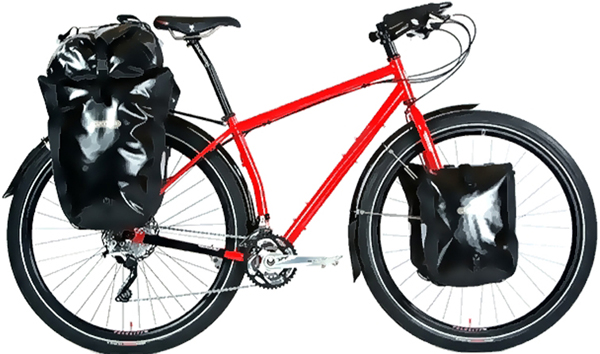 |
 |
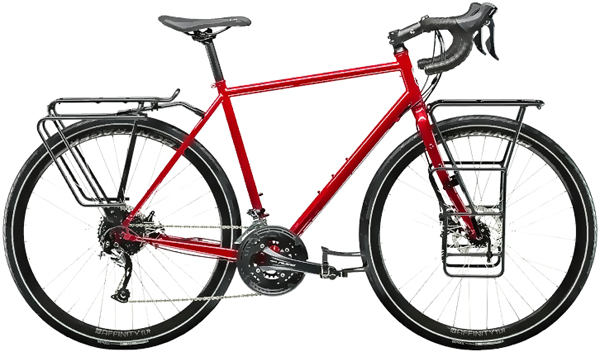 |
 |
 |
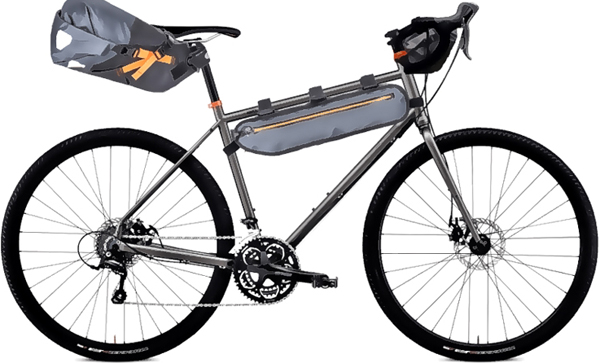 |
 |
 |
 |
 |
There is no wrong way to bicycle tour or bikepack because there is no “right” way to do it, either. The same can be said of the riding, too. Routes can be long or short, ridden fast or slow, and go through towns or right into the middle of nowhere. A common misconception is that bicycle touring and bikepacking requires a small fortune to appreciate-the perfect bike, custom bags, and all the latest ultralight camping gear. While investing in a quality bicycle and gear is always a good idea, it is certainly not a necessity to get you up and running.
Your existing bicycle, camping setup, bags, and gear can work well for touring and bikepacking. In order to optimize your setup, consider the total load, the surfaces you will ride, the steepness of the terrain, the bag setup you prefer and whether you will have access to replacement parts during your tour. An effective touring-bikepacking hybrid is an off-road bike that’s overbuilt, has generous tire clearances, and mounts for racks, fenders and cargo cage bags. In addition, converted vintage mountain bikes make for ridiculously cool bikepacking rigs. With a few modifications, start by using what you own or and purchase the required bags, racks, tools, supplies and provisions. Think about swapping your tires for wider tires which provides a huge improvement on ride comfort. They are also better at handling rougher terrain.
Pick a short twenty to fifty mile overnight route near your home to enjoy. Discover what you really need through experience. Happy Trails!
Vintage touring & Mountain Bikes
1980's Schwinn High Sierra
Justin's 1983 Specialized Stumpjumper

1984 Trek 720
1986 Panasonic Pro Touring
Ben O'Brien's 1986 Schwinn Voyageur
Will's 1988 Specialized Rockhopper
Conan Thai's Silk Road 1989 Bridgestone MB-1
Nick's 1991 Trek 970 Singletrak

1994 Bruce Gordon Rock 'n Road
1994 Marin Palisades Trail

2003 Cannondale Bad Boy

2006 Surly Long Haul Trucker
Tom's 2007 Kona Explosif
James's 2012 Surly Cross Check







